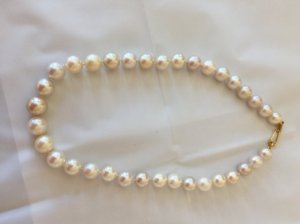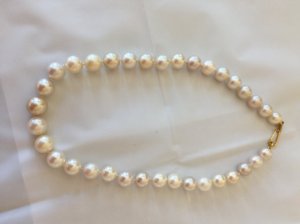- Joined
- Mar 9, 2016
- Messages
- 147
I'm very sorry if this question is too dumb, but: where does the colour of freshwater pearls stem from? I drilled some peachy-pink pearls myself recently and it seemed that the core was peachy ... so is it really just the colour of the 'template' that's inserted that will define white - peach - lavender etc body colours? Thank you!






300x240.png)